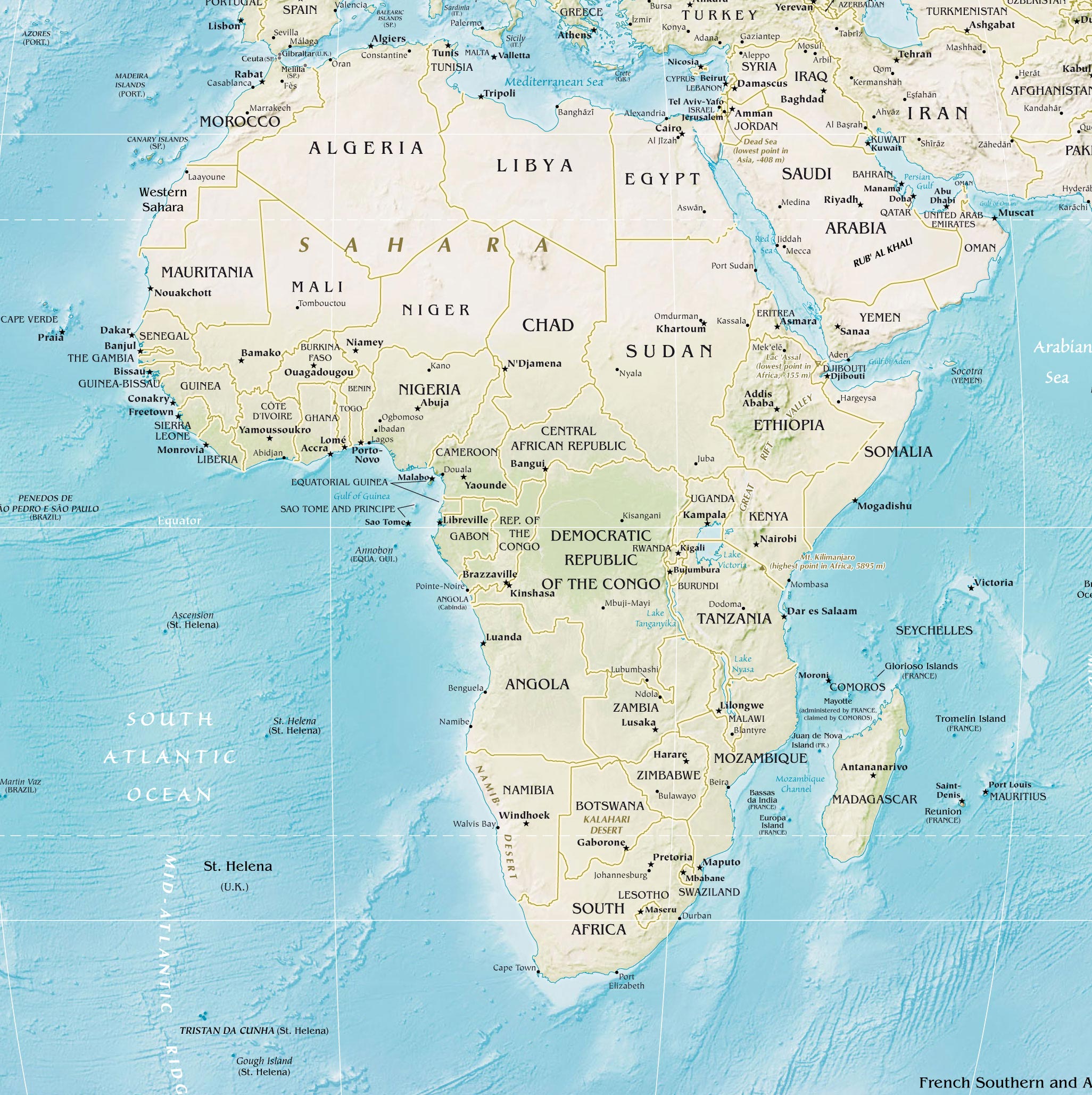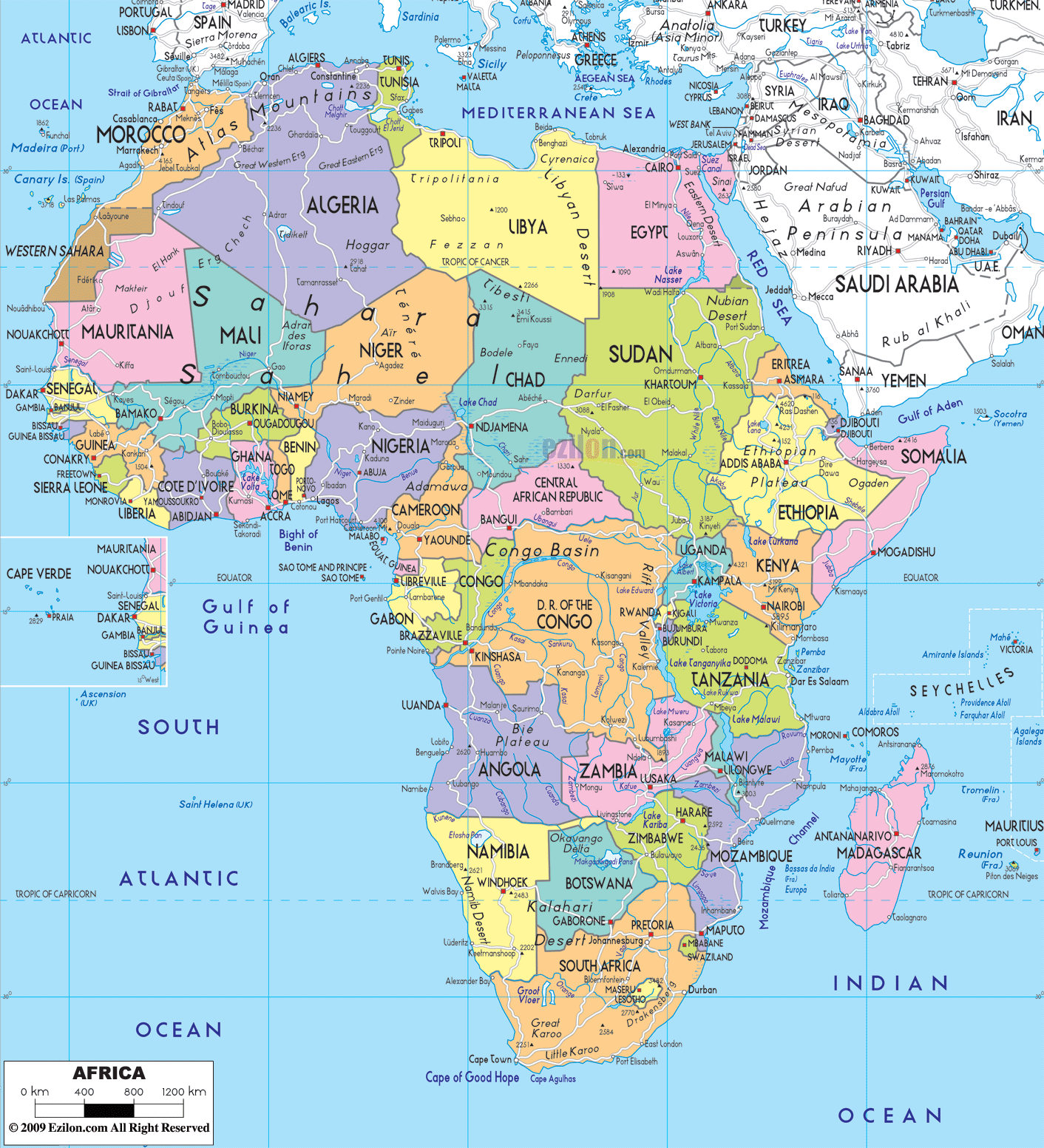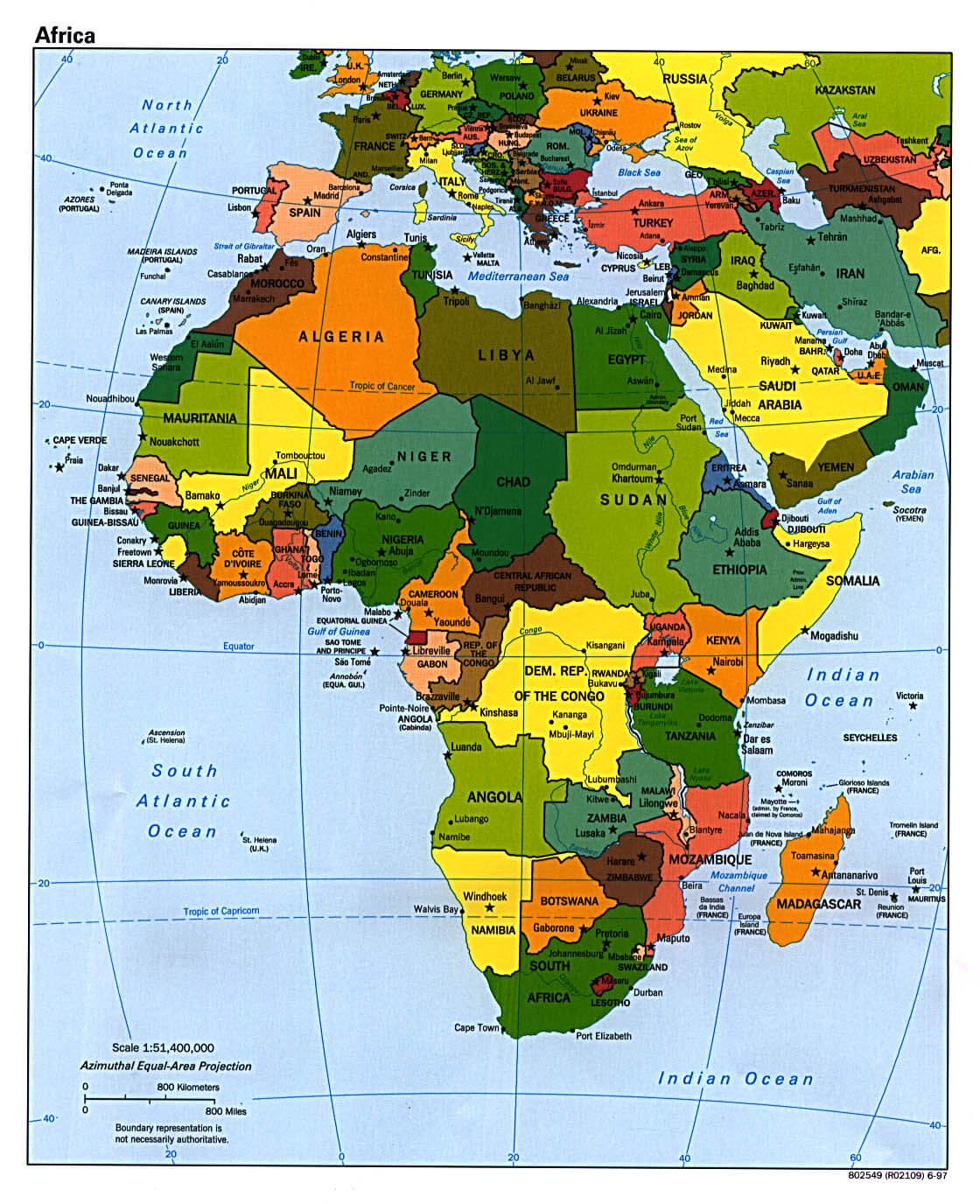Exploring Distinctive Africa Male Hair Styles For Modern Looks
When we think about hair, especially for men, the sheer variety of looks from around the world is truly amazing. But, you know, there is something quite special and deeply rooted in the styles that come from Africa. This vast continent, which, as a matter of fact, straddles the equator and the prime meridian, is home to a rich tapestry of cultures, each with its own unique approach to personal expression, and hair is a very big part of that.
The continent, which is bounded on the west by the Atlantic Ocean and washed by the Mediterranean Sea to the north, the Red Sea to the northeast, is that, a place of immense diversity. With about 1.5 billion people living there as of 2023, representing about 18.2% of the world's population, you find an incredible array of traditions and modern interpretations. This rich heritage means that when we talk about africa male hair style, we are really talking about a whole world of possibilities, from ancient practices to fresh, contemporary cuts.
From the bustling cities to the quiet villages across its 54 fully recognized and independent countries, the way men style their hair often tells a story. It can speak of identity, status, or simply personal flair. So, you know, if you're curious about the different looks or perhaps seeking inspiration for your next haircut, understanding the origins and evolution of africa male hair style is quite a fascinating journey.
Table of Contents
- The History and Cultural Roots of Africa Male Hair Styles
- Popular Styles for African Men Today
- Choosing the Right Africa Male Hair Style for You
- Maintaining Your Africa Male Hair Style
- Modern Trends and Global Influence on Africa Male Hair Styles
- Frequently Asked Questions About Africa Male Hair Styles
The History and Cultural Roots of Africa Male Hair Styles
The history of africa male hair style is, you know, as old as humanity itself. It is thought to be the continent where the first humans evolved, and from those very early times, hair has held deep meaning. For many African communities, hair was never just about looks; it was a powerful symbol. In some respects, it showed a person's age, marital status, or even their social standing within the community. For instance, different tribes had specific styles that identified their members, so, you know, you could tell a lot about someone just by looking at their hair.
Ancient sculptures and historical accounts show us that intricate braiding, twisting, and shaping of hair were common practices. These were often communal activities, taking many hours, which also helped to build bonds among people. The tools and techniques used were passed down through generations, preserving these unique traditions. This rich history means that when someone wears an africa male hair style today, they are, in a way, carrying forward centuries of cultural expression.
The continent's vastness, covering 20% of Earth's total surface area, means that there's no single "African" hair style. Instead, you find a kaleidoscope of regional variations, each with its own story. From the northern parts, washed by the Mediterranean Sea, to the southern tip, the diversity in hair textures and the creative ways people style them is quite remarkable. This geographical and cultural spread has led to an incredible wealth of hair traditions that are, really, still celebrated today.
Popular Styles for African Men Today
Today, africa male hair style encompasses a wide range of looks, blending time-honored traditions with contemporary trends. Many of these styles celebrate the natural texture of African hair, which is known for its unique curls and coils. You know, some styles are quite protective, helping to keep hair healthy, while others are simply about making a bold fashion statement. Here, we look at some of the most popular choices that men are rocking across the continent and beyond.
Braids and Cornrows: Intricate Patterns
Braids and cornrows are, arguably, some of the most iconic africa male hair style options. Cornrows, where hair is braided very close to the scalp in raised rows, can be styled in countless patterns. You see, these patterns can be simple straight lines, or they can be incredibly complex, geometric designs. They are not just visually striking; they also help protect the hair from damage and are relatively low maintenance once installed, which is quite appealing.
Box braids, another popular choice, involve dividing the hair into square sections and then braiding each section. These can be worn short or long, and they offer a lot of versatility. For instance, you can tie them up, let them hang free, or even combine them with other styles. Many men choose to add extensions for extra length or volume, giving them even more options for expression. This style, in some respects, is a classic for a reason.
The beauty of braids and cornrows is that they are, basically, a canvas for creativity. Barbers and stylists can create truly unique looks that reflect a person's individual personality. You know, some men even incorporate beads or other adornments into their braids for an extra touch of flair. These styles are a testament to the artistry involved in African hair care, and they continue to be a very strong trend.
Twists and Locs: Natural Beauty
Twists are another fantastic option for men who want to embrace their natural hair texture. They involve twisting two sections of hair around each other, creating a rope-like effect. These can be done with short hair for a neat, textured look or with longer hair for more dramatic twists. They are, typically, a good protective style, helping to retain moisture and reduce breakage. You can, for example, achieve two-strand twists or even flat twists that lie close to the scalp, similar to cornrows but with a different technique.
Locs, or dreadlocks, are a long-term commitment but offer a truly distinctive and powerful africa male hair style. They form when hair is matted and coiled into rope-like strands. The process can take time, but once established, locs require specific care to keep them healthy and neat. Many find locs to be a symbol of natural beauty and a connection to cultural heritage. You see, the length and thickness of locs can vary greatly, allowing for a lot of personal customization.
Both twists and locs celebrate the unique coily nature of African hair. They allow the hair to grow freely while still maintaining a styled appearance. For many, these styles are not just about aesthetics; they represent a journey of self-acceptance and a celebration of identity. They are, really, a powerful statement about embracing one's natural self, and that is quite a beautiful thing.
Fades and Modern Cuts: Sharp and Clean
While traditional styles are popular, modern cuts like fades and precise lineups are also incredibly common among men. A fade involves gradually shortening the hair from the top down to the neck, creating a smooth transition. There are many types of fades—high, mid, low, skin, or taper—and each offers a slightly different look. These cuts are, basically, sharp, clean, and very versatile, allowing for a neat appearance that can be dressed up or down.
Often, fades are paired with a "lineup" or "edge up," where the hairline is precisely trimmed with clippers to create very sharp, defined edges. This attention to detail gives a polished and sophisticated finish. You know, these styles are particularly popular in urban areas across Africa and have gained immense popularity worldwide. They offer a contemporary feel while still allowing for some texture on top, which is quite nice.
The beauty of modern cuts is their adaptability. A man can have a very short fade on the sides and back, with a textured afro or short twists on top. This blend of sharp lines and natural texture creates a dynamic and stylish look. These cuts are, more or less, a reflection of global trends meeting local preferences, showing how africa male hair style continues to evolve and influence fashion everywhere.
The Afro and Natural Looks: Embracing Texture
The Afro is, arguably, one of the most iconic and powerful africa male hair style statements. It celebrates the natural volume and texture of coily hair, allowing it to grow out into a rounded shape. The Afro became a symbol of pride and identity during the civil rights movements, and its popularity continues today. It's a look that truly embraces the hair's natural state, showcasing its unique beauty and fullness.
Beyond the classic Afro, many men opt for other natural styles that simply let their hair grow out in its inherent form, perhaps with a slight trim to maintain shape. This could be a short, neat natural cut, or a longer, more free-flowing look. The key here is to nourish and care for the hair so it can thrive in its natural state. You know, this approach emphasizes health and authenticity, which is very appealing to many.
Maintaining a natural look or an Afro requires consistent moisture and gentle handling to prevent breakage and keep the curls defined. Products designed for coily hair, such as leave-in conditioners and natural oils, are essential. This commitment to natural hair care is, basically, a form of self-care and a way to honor the hair's unique characteristics. It is, quite simply, a beautiful expression of self.
Choosing the Right Africa Male Hair Style for You
Picking the perfect africa male hair style is, you know, a personal decision that depends on several factors. First, consider your hair type and texture. Some styles work better with very coily hair, while others might suit a looser curl pattern. Your hair's natural characteristics are, basically, the foundation for any great style. For instance, if you have very dense, coily hair, locs or a full afro might be a fantastic option.
Next, think about your lifestyle. Are you someone who prefers a low-maintenance look, or are you willing to put in the time for daily styling and care? Braids and locs, for example, can be protective and require less daily manipulation, while a crisp fade might need more frequent trims to stay sharp. Your daily routine and how much effort you want to put into your hair are, arguably, very important considerations.
Also, consider your face shape. Some styles complement certain face shapes better than others. A good barber can help you determine what works best for your features. You know, they can suggest cuts that balance your face and highlight your best attributes. Don't be afraid to bring pictures of styles you like to your barber; this can help them understand your vision and recommend something that suits you well.
Finally, think about your personal style and what makes you feel confident. Hair is a powerful form of self-expression, and your style should reflect who you are. Whether you prefer a traditional look, a modern cut, or something in between, the most important thing is that you feel good wearing it. There are, truly, so many options available, so take your time and explore what feels right for you.
Maintaining Your Africa Male Hair Style
Proper care is, basically, essential for keeping any africa male hair style looking its best and, more importantly, for maintaining healthy hair. African hair textures, with their unique curl patterns, tend to be drier and more prone to breakage if not properly moisturized. So, you know, hydration is key. Using a good leave-in conditioner and natural oils like shea butter, coconut oil, or jojoba oil can make a very big difference.
Washing your hair regularly is important, but you don't want to strip it of its natural oils. Using a sulfate-free shampoo and conditioner is, typically, a good idea. For styles like braids or locs, specific washing techniques might be needed to ensure they stay neat and clean without unraveling. You know, some people prefer to dilute their shampoo or use a spray bottle to reach the scalp more effectively.
Protecting your hair at night is another crucial step. Sleeping on a satin pillowcase or wearing a satin or silk durag or bonnet can help reduce friction, which prevents breakage and helps retain moisture. This is, truly, a simple habit that can have a significant positive impact on hair health. You see, cotton pillowcases can absorb moisture from your hair, leaving it dry and frizzy, which is not what you want.
Regular trims, even for styles like Afros or locs, are important to remove split ends and maintain shape. For fades and shorter cuts, frequent visits to the barber are necessary to keep the lines sharp and the fade fresh. Remember, a healthy scalp is the foundation for healthy hair, so keep it clean and moisturized. These simple practices, you know, will help your africa male hair style look fantastic for longer.
Modern Trends and Global Influence on Africa Male Hair Styles
The world of africa male hair style is, arguably, always evolving, influenced by global fashion, music, and social media. What's trending in Lagos might soon be seen in London, and vice versa. This cross-cultural exchange means that traditional styles are often reinterpreted with a modern twist, or new styles emerge that blend different influences. You know, the continent's progress, which is undeniable, as highlighted by forums like the New York Forum Africa, also extends to its vibrant fashion and style scene.
We see a lot of experimentation with color, for instance, with men adding subtle highlights or bold dyes to their braids or fades. Graphic designs shaved into the sides of the head, often called "hair tattoos," are also very popular, allowing for intricate artistic expression. These trends show a desire for individuality and creativity, pushing the boundaries of what a male hair style can be. It's, basically, a very exciting time for hair fashion.
The global visibility of African celebrities, athletes, and artists has also played a significant role in popularizing africa male hair style around the world. When a famous footballer rocks a certain braid pattern or a musician sports a fresh fade, it inspires countless others. This increased exposure helps to celebrate the beauty and versatility of African hair and its styling traditions. It is, truly, a testament to the continent's cultural impact.
The conversation about hair is also becoming more inclusive, with a greater appreciation for natural textures and diverse styles. This shift means that men feel more comfortable embracing their authentic selves through their hair choices. So, you know, whether it's a classic Afro, intricate cornrows, or a sharp modern fade, africa male hair style continues to be a powerful statement of identity, heritage, and contemporary cool. It's about celebrating who you are, which is a very important message.
Frequently Asked Questions About Africa Male Hair Styles
What are popular hair styles for African men?
Popular hair styles for African men include a wide range, you know, from traditional braids and cornrows to modern fades and twists. The Afro is also a very classic and beloved look, and many men opt for locs as a long-term style. You can also see various natural cuts that simply embrace the hair's inherent texture, which is quite common.
How do African men care for their hair?
Caring for African male hair typically involves a focus on moisture and gentle handling. This includes using sulfate-free shampoos, applying leave-in conditioners, and using natural oils to keep the hair hydrated. Protecting hair at night with a satin durag or pillowcase is, basically, also very common to prevent dryness and breakage. Regular trims are also important for maintaining health and shape, as a matter of fact.
What is the cultural meaning behind African male hairstyles?
Historically, African male hairstyles carried deep cultural meanings, often indicating a person's age, social status, marital status, or tribal affiliation. While modern styles are often chosen for aesthetic reasons, many still connect to this rich heritage, symbolizing identity, pride, and a connection to ancestral traditions. It is, truly, a way to express one's roots and personal story, you know.

Africa Countries Physical Map - MapSof.net

Africa - Other Maps

Africa Map